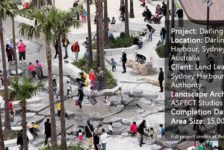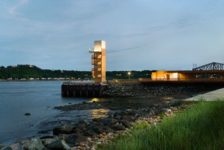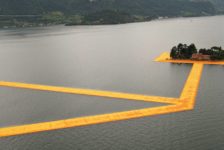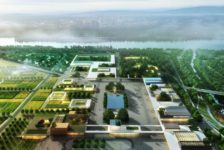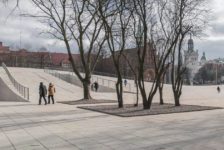Cannon Ivers’ Staging Urban Landscapes: The Activation and Curation of Flexible Public Spaces is a beautifully designed and expertly choreographed survey of urban landscapes at the intersection of public space design and programming. As Sergio Lopez-Pineiro argues in his essay “Scratch That!”, “public space is no longer considered to be only physical space but…seen as a combination of physical space with a curatorial program.” Ivers makes a strong case for the advantageous mixing of both. The book includes essays, case studies, historic reviews, and a visual index all focused on the alignment of design and activation. Ivers playfully and intentionally provides a little something for everyone.
For the practicing landscape architect, the Case Studies offer a wide range of inspiring project precedents. From the Schouwburgplein in Rotterdam to Bryant Park in New York, from MOMA’s PS1 in Brooklyn to the Serpentine Pavilion in London, the precedents run the gamut between the more traditional, yet flexible, public space work of landscape architects to the seasonal sites of temporary artist-led installations. The projects toe the line, balancing the demands of thoughtfully designed physical spaces and expertly executed event programming. Ivers painstakingly re-illustrates each project with delicate plan and axon graphics, exploded into their component parts, and reassembled with strategic photography. For the landscape architect in need of immediate inspiration, jump to the Visual Index at the back of the book. The Index provides an assortment of design and programming options, roughly organized by typology and scale, with each graphic cross-referenced to its respective case study on the preceding pages.
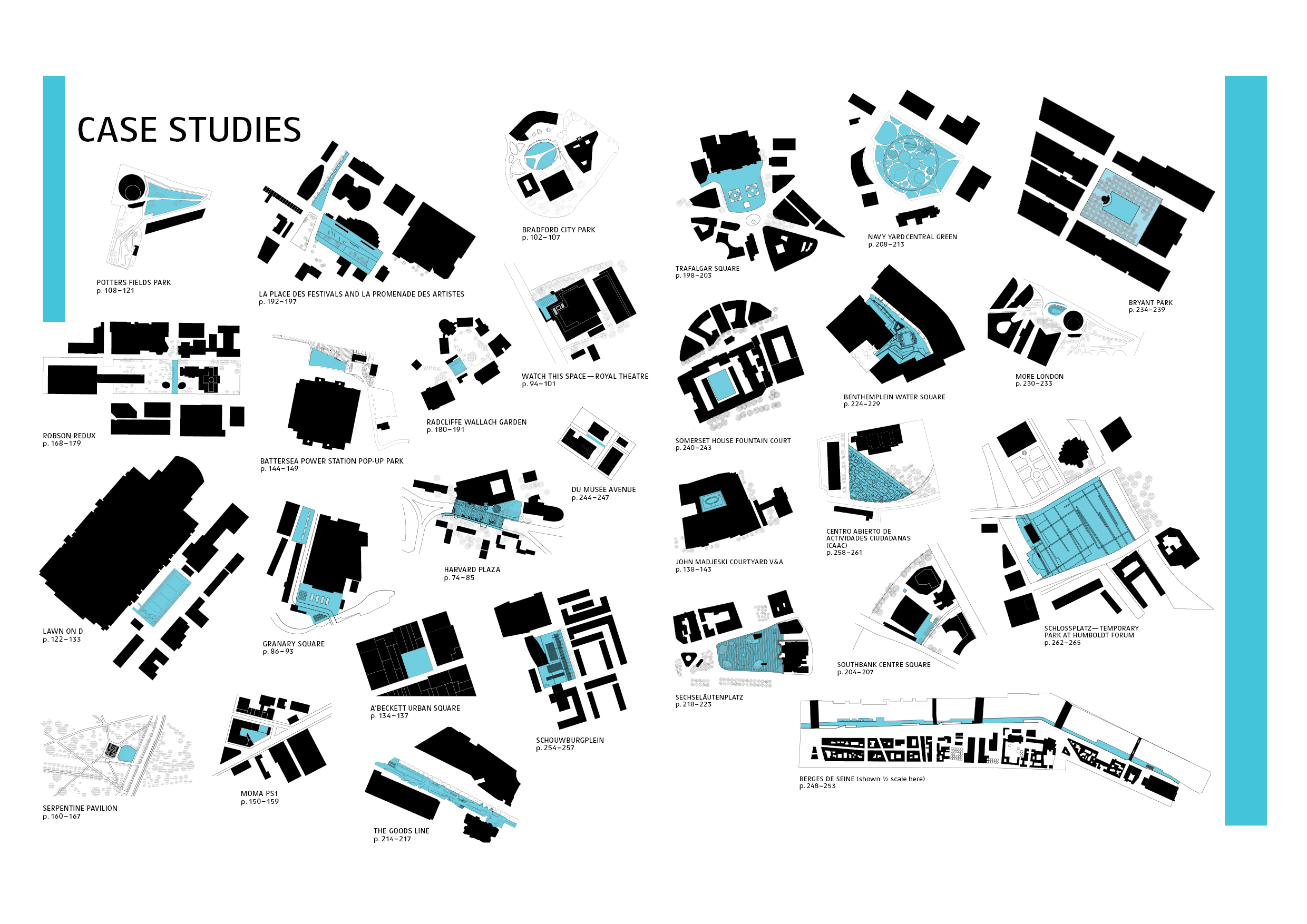
Image: Cannon Ivers
For the academic, the narrative is supported with a thorough historical review in Ivers’ “The Rise of Flexible Space” and over ten essays from leading contemporary public space designers, curators, and critics. The table of contents reads like a well-researched literature review for a master’s in landscape architecture thesis. The essays are heavily focused on the work of landscape architects who have been tasked with inventing public space that can handle any possibility of small or large events. Additionally, there is a sprinkling of observations and recommendations from programming experts, who in parallel with the designers’ physical recommendations, have been responsible for making programming possible. Both designers and programmers paint a rosy picture of the process and cultural potential of flexible public spaces. I was left interested to hear a more critical review from property owners, clients, and/or community members about the on-the-ground, everyday realities of construction and operation, and the pitfalls of programming and temporary activation. What happens if programming stops being funded? Are we left with empty spaces, like Boston’s City Hall Plaza, in every major city? What happens after a temporary park closes permanently? Can we use the momentum of short-term successes to build advocacy for better long-term public spaces?
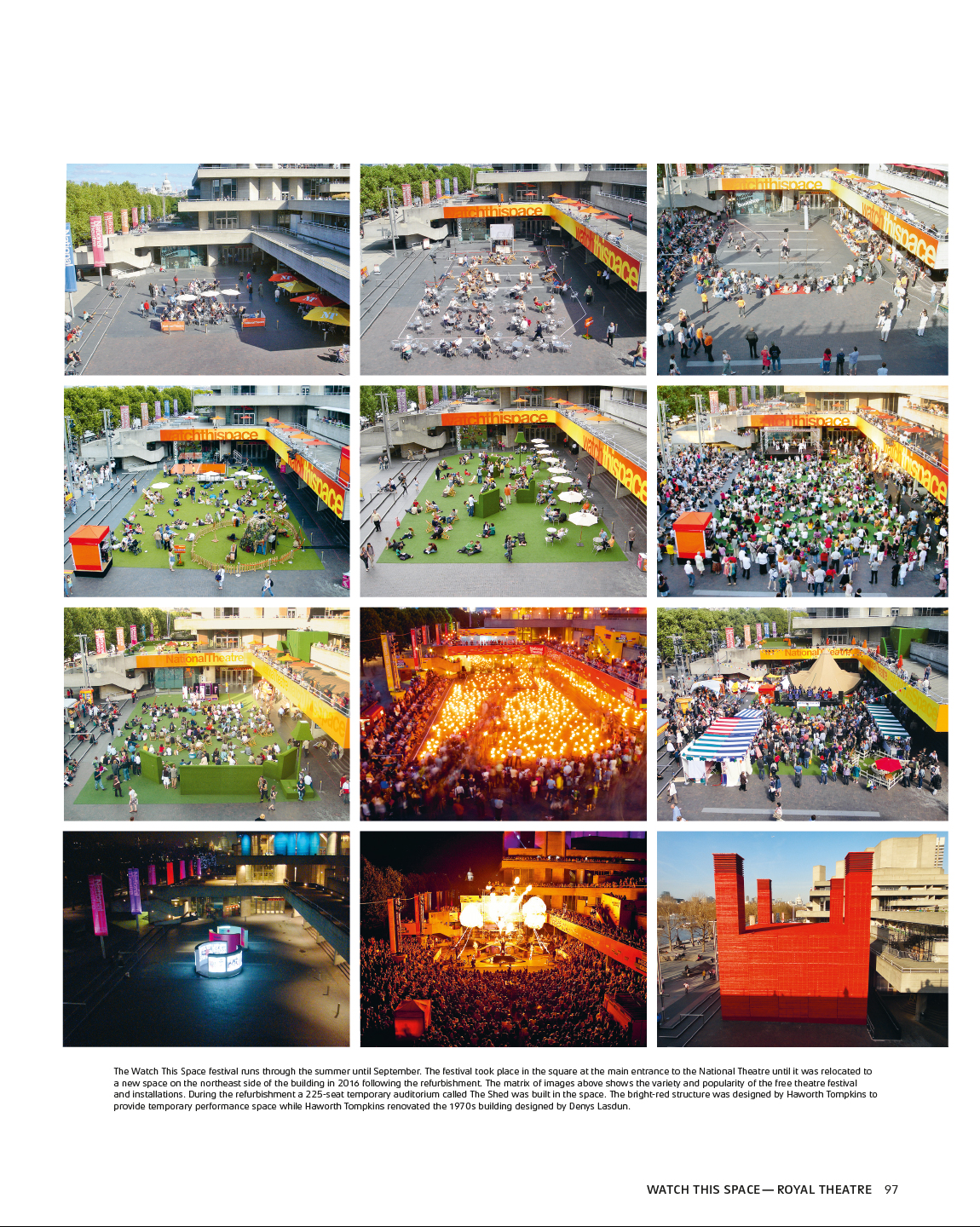
Image: Cannon Ivers
For the students of design (life-long or currently enrolled), take note. The insatiable rise in public space programming is driving the execution of urban landscapes globally. The challenge to design truly unique and culturally relevant landscapes is more important now than ever. In his afterword “Design, Curation, and Identity,” James Corner sums up the potential downfall of the “great design plus great programming” equation. “’Programming the urban surface’ and a design vocabulary of sheds, platforms, stages, plinths, theatres, frames, equipment, infrastructures, utilities and similar invitations for infinitely flexible use can all too easily lead to impoverished or formulaic physical designs.” As designers, we cannot fall victim to homogeneity, but rather leverage the contemporary demand for flexible public space to compliment the culture of a community and elevate its diversity. Ivers’ Case Studies are successful because they represent their constituents and provide space for individual interpretation. To remain relevant, we cannot simply copy and paste their successes in place.
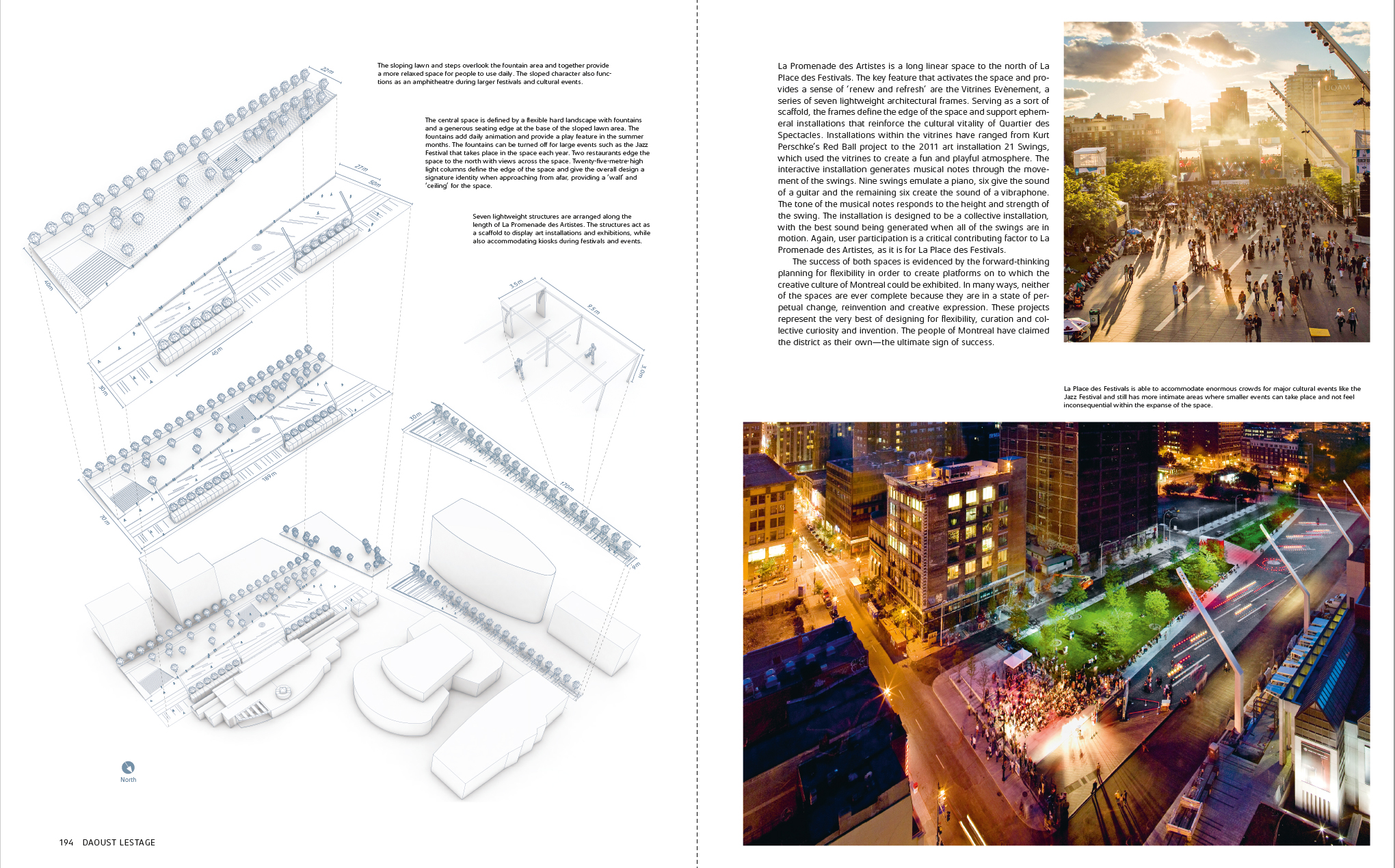
Image: Cannon Ivers
Staging Urban Landscapes warrants multiple reads. With each return to the book, I found myself inspired in different ways, depending on my current projects and inspirational needs. As a practicing landscape architect with a career that started with the design and construction of the Lawn on D in Boston, one of the featured Case Studies, I was addictingly inspired by the project examples. I was also actively holding a critical lens to our current design projects, temporary and permanent, to ensure their cultural relevance. How can we best align design and programming early and often in the design process to truly reflect a community? Can we design not only new public realms, but also new processes by which an entire community can define a final plan? Can the process itself become the design project? As this book illustrates, we’ve only just begun to scratch the surface of the combined power of design and activation.
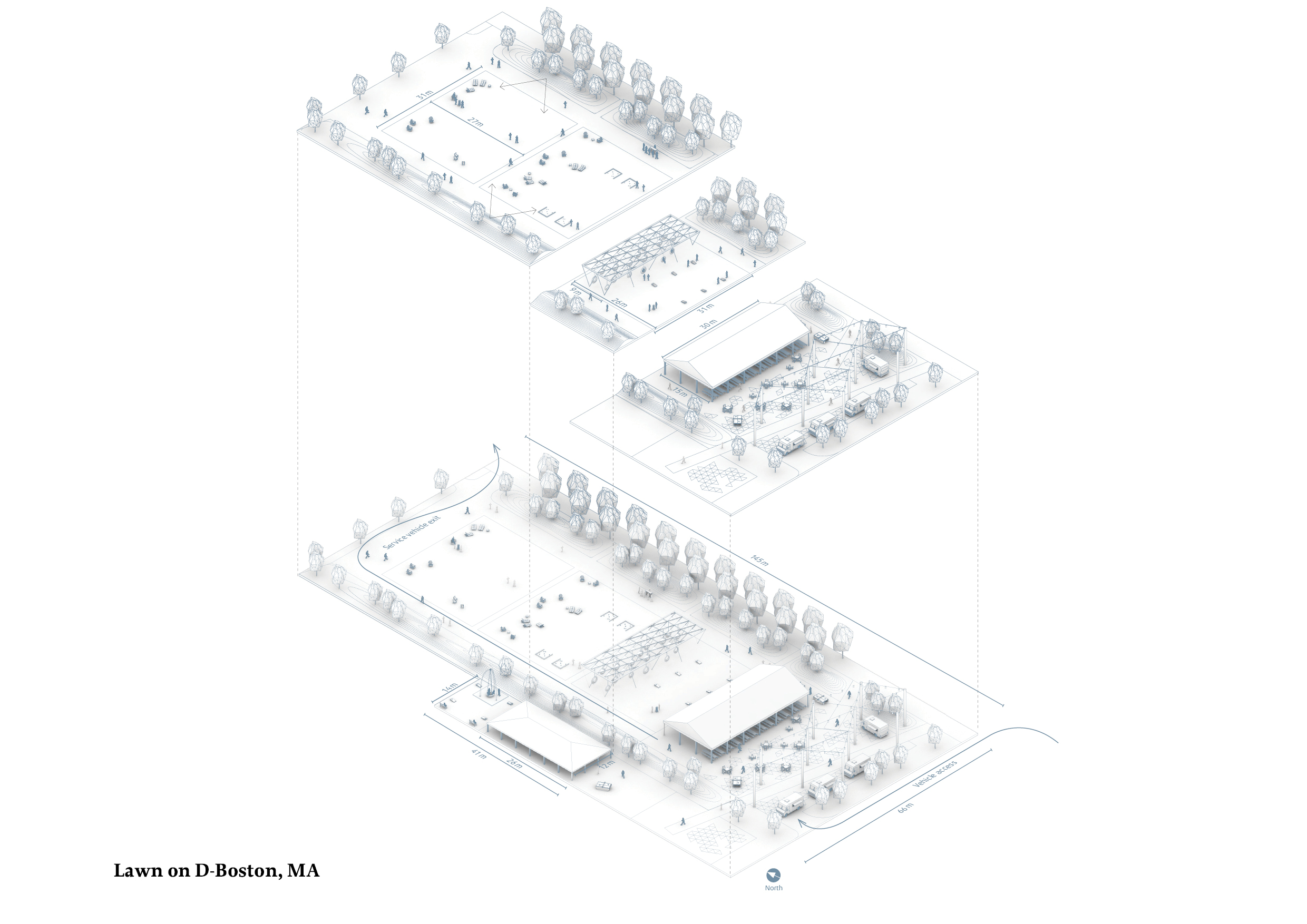
Image: Cannon Ivers
In many ways, Ivers’s design and curation of Staging Urban Landscapes, mirrors his own thesis on public space. The book, similar to the landscapes featured, is a beautifully designed platform intended for a variety of interpretations. A diversity of readers can feel inspired to become part of the dialogue of contemporary public space practice, through both design and programming.
Published in Blog



